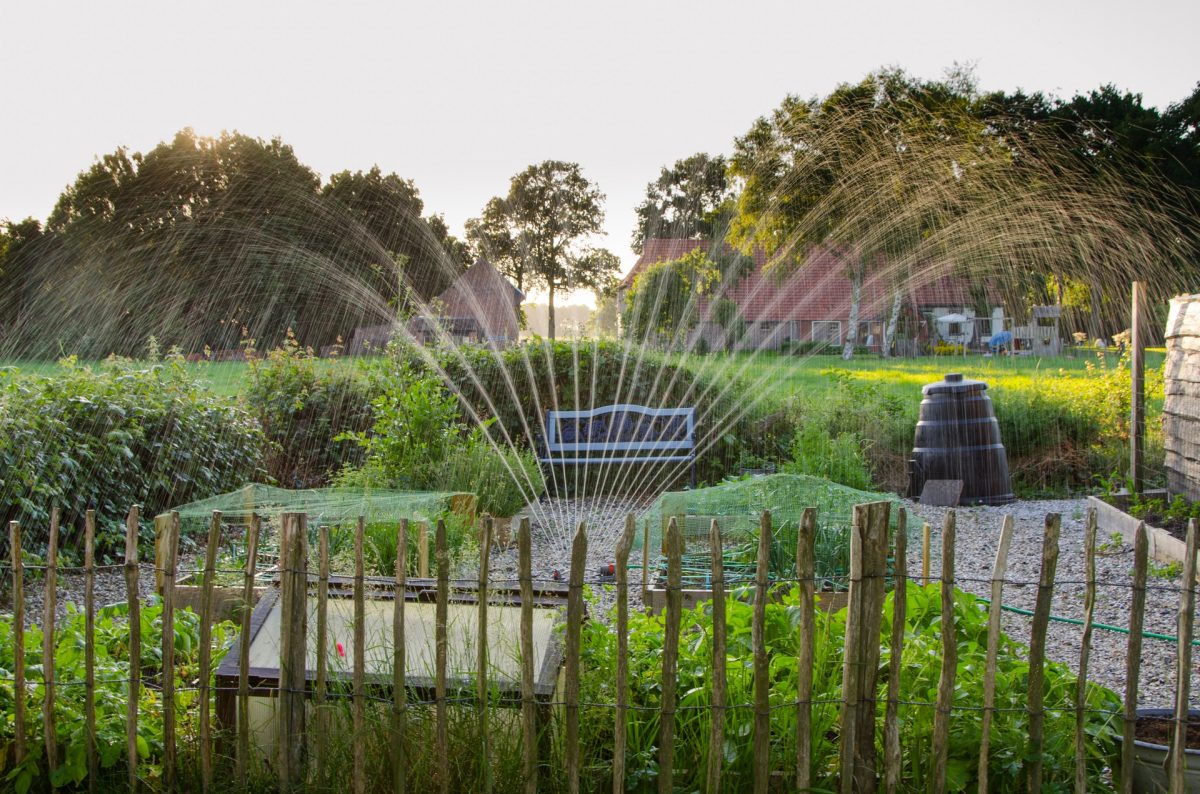In the era of advanced technology and digitization, the landscaping industry is not to be left behind. It is currently undergoing an innovative revolution where conventional tools and techniques are being complemented and, in some instances, replaced by technology. Now, landscapers have an array of tech-driven tools and applications at their fingertips helping them to create, manage, and optimize outdoor spaces, turning mere backyards and front lawns into mesmerizing landscapes.
The Intersection of Landscape Design and Technology
As technology continues to permeate all aspects of our lives, landscaping has also experienced its own technological revolution. Combining creativity with high-tech tools, modern landscaping techniques integrate technology to achieve functional yet aesthetic results. Computer-Assisted Design (CAD) and Building Information Modeling (BIM) software, GPS-guided equipment, and drones have been completely reshaping the landscaping industry. They have allowed for an evolution in the design process, precise execution, and efficient maintenance – aspects that were difficult to achieve with conventional landscaping tools.
The fast pace of technological advancements provides unlimited possibilities to the landscaper, possibilities to transform any outdoor space into an artistic manifestation of nature, enriched by human creativity. Concepts that were once difficult to visualize, can now be rendered into accurate 3D models, offering an immersive and realistic vision of the project’s outcome. Moreover, technology allows for highly efficient project management by reducing time, resources, and labor costs.
The Growing Trend of 3D Landscape Design
The advent of 3D design in landscaping has transformed this sector dramatically. Landscapers and clients alike can now visualize the proposed design in full detail even before the project starts. This includes being able to modify color schemes, plant positions, and architectural features in real-time. Software like SketchUp, Civil 3D, and Lumion allow for precise measurements, terrain considerations, and element placement in design planning.
These designs can be presented to the client ensuring that the final product is as per their expectation. Changes can be made on the plan before implementation, saving time and resources. Furthermore, as these 3D designs can be easily shared electronically, they enable collaboration between architects, landscapers, and clients, regardless of their location.
Drones in Landscaping
The use of drones in landscaping has taken the potential of accurately designing an open space to previously unimagined heights. Drones provide an excellent vantage point- a bird’s eye view, which allows landscapers to understand the topography of the land more accurately.
Equipped with high-resolution cameras, they can capture stunning visuals and even generate 3D maps of the landscape, enabling precise planning.
Apart from helping in design, drones also play a significant role in maintenance tasks. They can monitor the health of greenery, ensuring timely intervention when required. Simply put, drones can reach areas that are either challenging or impossible for humans to access, thus playing a pivotal role in assessment, planning, and maintenance of landscapes.
Smart Irrigation Systems
Water is an essential element in landscaping and thus, conservation of this resource by using it efficiently is crucial. Smart irrigation systems, driven by cutting-edge tech, enable precise watering schedules based on the type of plants, the weather, and soil conditions.
Tools like moisture sensors help determine the amount of water required, automatic timers ensure watering happens at the most appropriate time, and smartphone-controlled sprinklers allow for remote toggling of the watering system. These smart irrigation systems not only facilitate resource conservation, but they also reduce the cost of maintenance and enhance the health and growth of the plants.
Advanced Lighting Techniques
The application of state-of-the-art lighting technology takes landscaping to another level. It not only adds ambiance but also ensures security. The market now offers solar-powered LED lights that conserve energy, automated lighting systems that can be controlled by a smartphone app, and sensors that switch on lighting based on light levels or movement.
These lights can be synchronized to create different moods or highlight particular features of the landscaping design, further enhancing the visual appeal of the outdoor space. While adding aesthetic value, these advanced lighting systems also contribute to savings in electricity costs, given their energy-efficient nature.
Sustainable Landscaping
In this era of heightened ecological awareness, technology plays an essential part in promoting sustainable landscaping practices. Techniques such as green roofs, rainwater harvesting systems, permeable pavements, and solar-powered amenities can drastically reduce the environmental footprint of our outdoor spaces.
Green roofs are not only visually appealing but provide an insulation layer to buildings, reducing their energy requirements. Rainwater harvesting systems and permeable pavements ensure the recycling of water, thus reducing wastage. Solar-powered amenities serve dual purposes- illuminating the space while conserving traditional energy resources.
Mobile Apps and Software for Landscaping Design and Maintenance
Technology has made its way to our smartphones in the form of apps, and landscaping is no exception. There are an array of apps and software available that aid in landscape design, scheduling maintenance, and even sourcing plants and gardening supplies. These include plant identification apps, garden layout apps like iScape, and maintenance scheduling apps.
These digital tools simplify the process of design and maintenance, making them accessible to not just professionals but also to homeowners looking to create or maintain their own outdoor oasis. With the versatility of applications available, they cater to a wider range of landscaping needs making life considerably easier for landscapers and garden enthusiasts.
How to Choose the Right Landscaper
A great landscaper marries the realms of artistry and engineering, often topped up with a cherry of high technology. When considering hiring a landscaper who uses advanced technologies, it’s important to know their capabilities. Potential clients should ask about their expertise in using 3D design software, smart irrigation systems and drones, among other technologies.
An experienced landscaper should be able to provide samples of their previous work, preferably in a digital format that allows you to visualize their designs. Additionally, they should be able to propose sustainable practices and incorporate energy efficiency into their design.
Conclusion
Embracing technology in landscaping leads to enriched outdoor spaces, both aesthetically and operationally. However, it’s not just about adding an extra layer of shine; it can help reduce the environmental impact, save time and resources, and turn artistic visions into immersive realities. So, when we think of landscape design in the 21st century, the sky isn’t the limit; it’s just another expanse that has been successfully conquered by technology.




